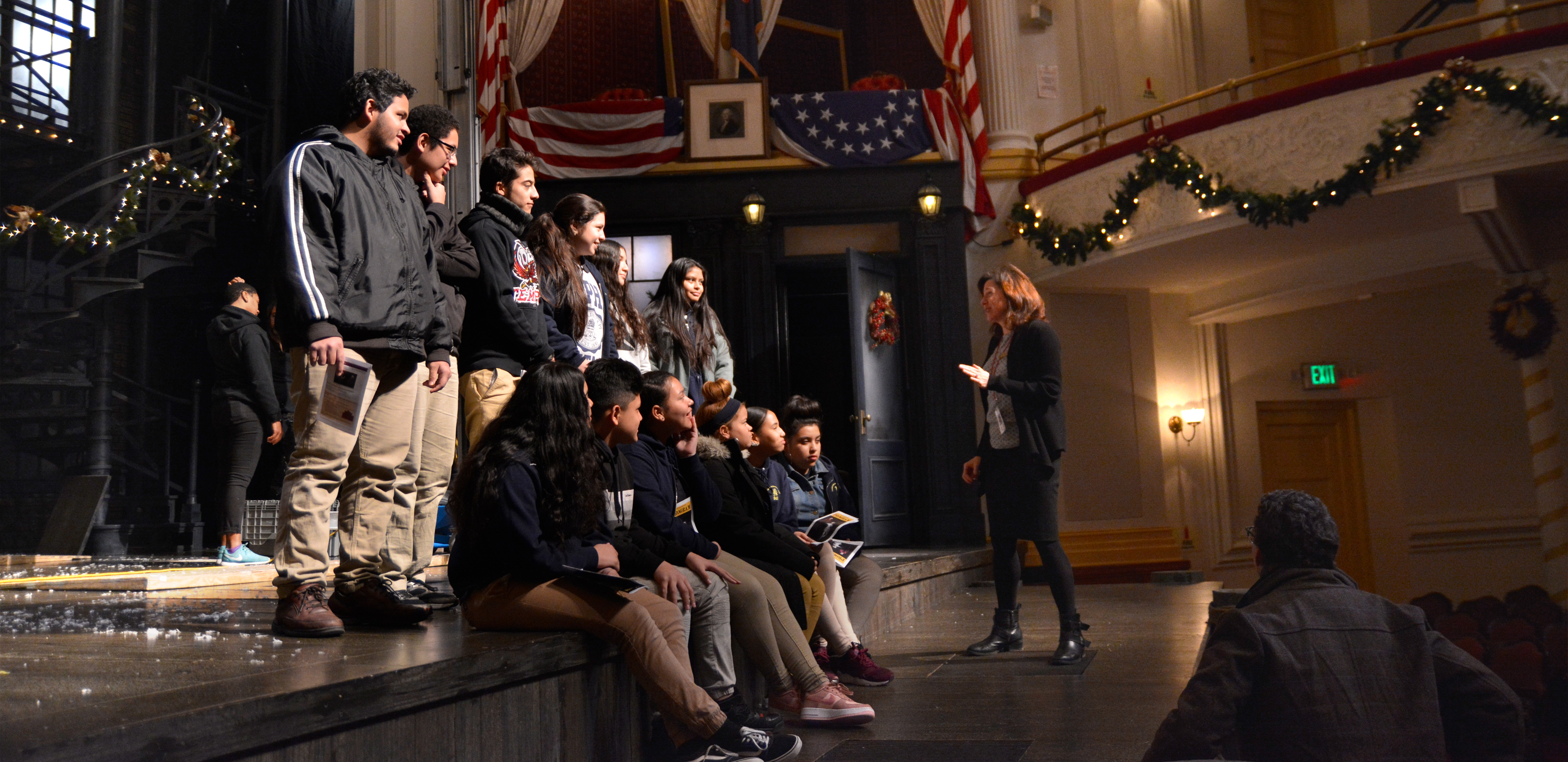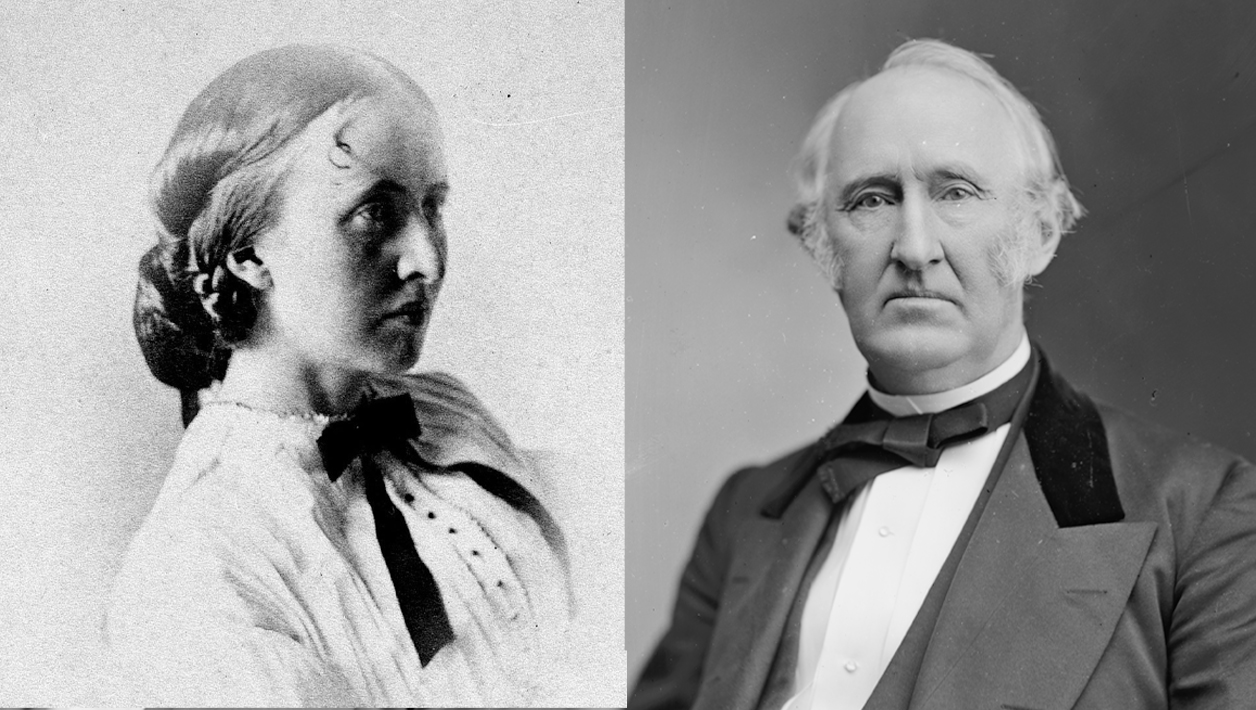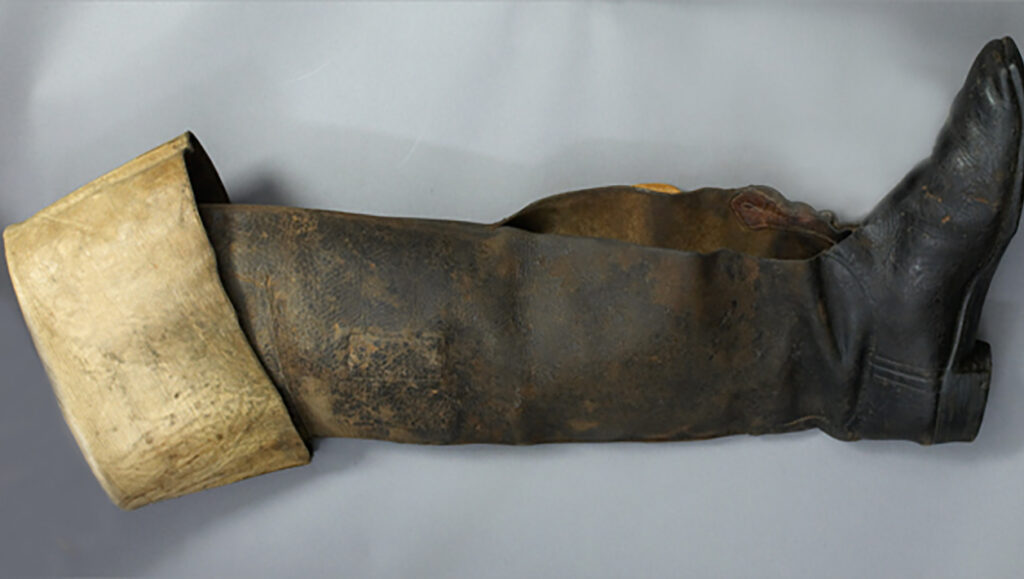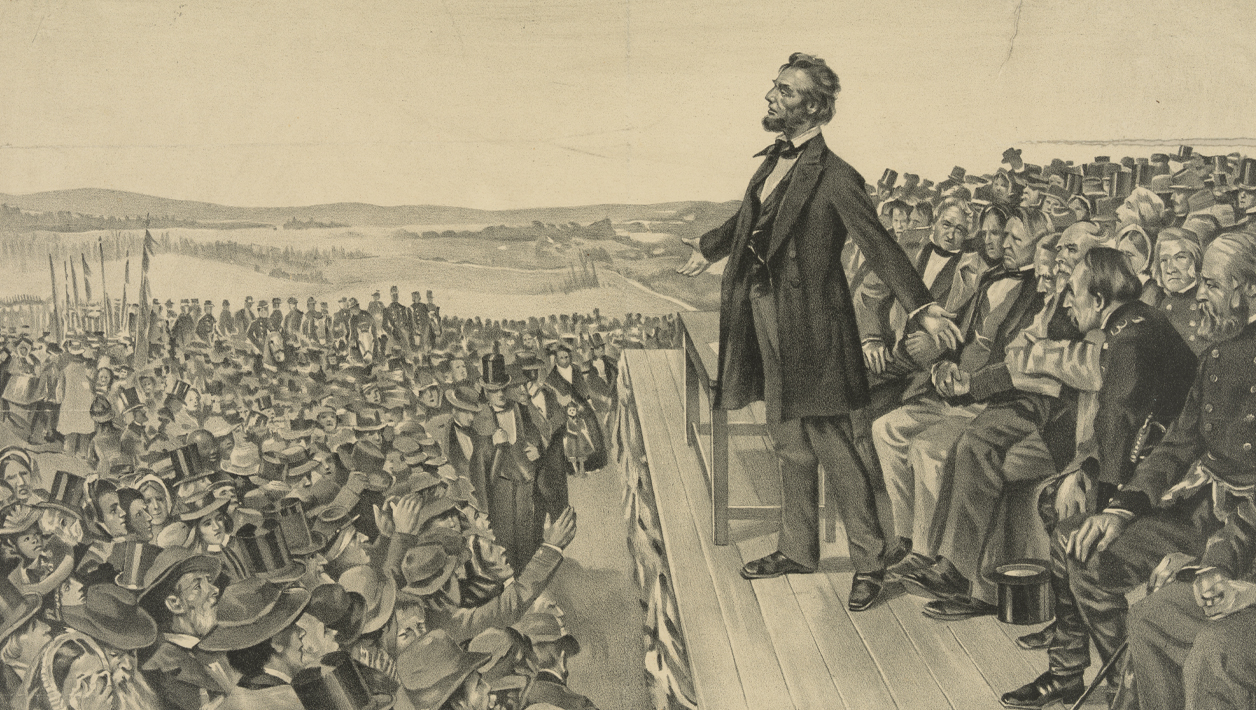
Teaching Lincoln’s Assassination and Legacy
High School
Perspective taking is a process that not only builds empathy but also our understanding of past events. Students will review two reactions to Abraham Lincoln’s assassination, investigate Dr. Samuel’s Mudd participation in the conspiracy and learn that history is not static. The events of the past continue to ripple through time and are often invoked through words and images in literature and media.
Educators and students can select from the following themes:
- Lincoln’s Assassination – Understand the events leading up to and following April 14, 1865.
- The Investigation and Trial – Dive into the search for John Wilkes Booth and the trial of the conspirators.
- Lincoln’s Legacy – Analyze Abraham Lincoln’s lasting impact on America today.
Each theme includes a short narrative video, a teacher’s guide and a 20-minute student-managed activity in Google Slides. Designed to build critical thinking skills, these activities explore primary sources and feature engaging discussion questions. The notes section on the first slide includes a Student Note Catcher and a Teacher Answer Key.
Lincoln’s Assassination
History Through Different Eyes

Student Activity (20 min): How a person views the world influences their actions. Perspective taking is a powerful lens through which one can view the past. Explore two different perspectives on Lincoln’s assassination and how they continue to shape how we understand this moment in history.
Teacher Resource: Primary sources provide valuable historical insight, but they don’t tell the whole story. Teachers can use this resource to help guide their students through asking a series of questions and making observations to better understand what a primary source reveals about a certain person, time or place.
Investigation and Trial
Investigating Guilt

Student Activity (20 min): There were eight people who were tried by a military tribunal for conspiracy in the assassination of Abraham Lincoln. We will examine the evidence and testimony against Dr. Samuel Mudd and see how it contributed to the final verdict.
Teacher Resource: This resource examines the trial of the Lincoln assassination conspirators, exploring the differences between civil and military trials, as well as the charges and sentences. Teachers can lead students through an interactive activity to better understand the trial process.
Lincoln’s Legacy
Calling on History

Student Activity (20 min): History is commemorated all around us in street names, monuments and memorials. These elements are not passive parts of our contemporary landscape, rather they are active connections to our past. By examining the Gettysburg Address, students will learn how history is called forth to make an impact on people throughout the ages.
Teacher Resource: This resource explores the context of the Gettysburg Address, examining how President Lincoln harnessed the power of place to amplify his message. By understanding the significance of the location, students will see how his words have continued to inspire Americans for generations.
Jump to: Home | Elementary School | Middle School
